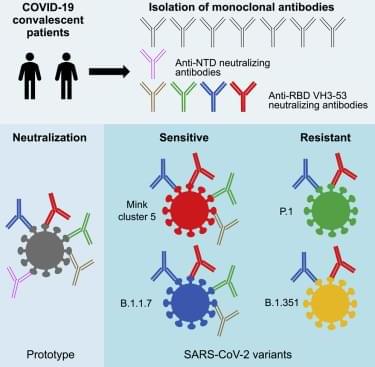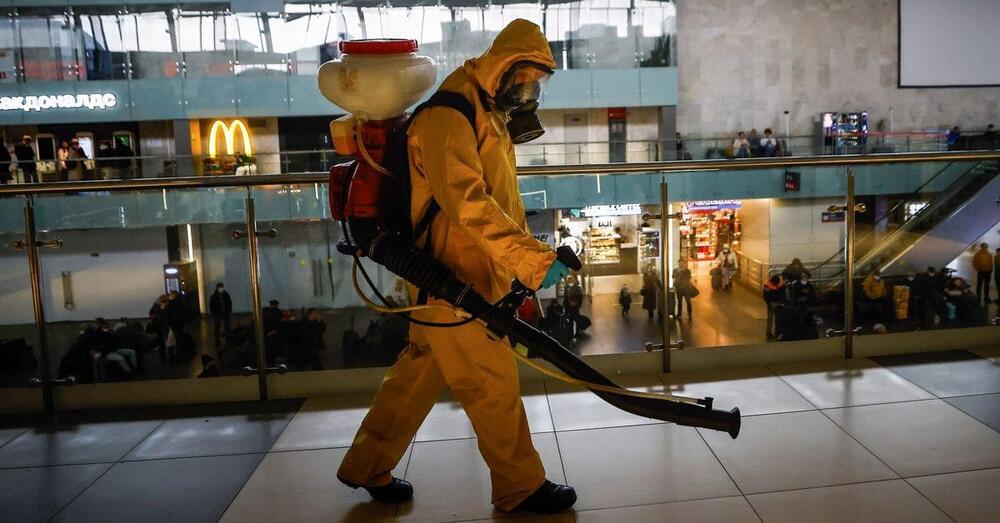Has any automotive enthusiast failed to hear the words “Back to the Future” and DeLorean DMC-12 mentioned in the same sentence at least once? We assume the opposite, so let’s just get to the part where other vehicles play the latter’s role.



GOHEUNG, South Korea — South Korea failed to deliver a satellite into orbit on Thursday, crushing its dream to become the 10th country in the world to reach the milestone using its own technology.
President Moon Jae-in said that the three-stage Nuri rocket could not reach orbit, although it flew as high as 700 km into space after all its three stages separated successfully.
“I am sorry that we could not reach the goal completely, but it’s still a very excellent accomplishment,” Moon said after the launch at the Naro Space Center on South Korea’s southernmost island of Oenarodo. “We have an uncompleted mission to deliver a dummy satellite into orbit safely.”

Elon Musk has built two industrial behemoths— Tesla and SpaceX—revolutionizing two industries along the way. But that’s not all he has done to change global industry.
Musk has also given manufacturing companies a new word: gigafactory.
The practical definition of a gigafactory is a larger, modern manufacturing facility for products that are designed to lower global carbon emissions.

Kaku et al. demonstrate that the efficacy of neutralizing mAbs and convalescent plasma is maintained against SARS-CoV-2 variants B.1.1.7 from the UK and mink cluster 5 but decreases against B.1.351 from South Africa and P.1 from Brazil. Rapid spread of these variants significantly impacts SARS-CoV-2 therapies and vaccine strategies.
The joint patrol first passed through a 12-mile-wide strait between Japan’s main islands in an already significant show of force.

Circa 2016 Basically means we can see contaminated water easier.
Detection and quantification of contaminants or pollutants in surface waters is of great importance to ensure safety of drinking water and for the aquatic environment1,2,3,4,5,6. Metaldehyde (CH3CHO)4 is a cyclic tetramer of acetaldehyde and is used extensively around the world as a molluscicide in agriculture for the control of slugs to protect crops. Large amounts of metaldehyde residues (from ‘slug pellets’) become mobilized, especially during periods of rainfall, seeping into reservoirs, rivers and groundwater, from which drinking water is sourced. Although metaldehyde has low toxicity, cases of metaldehyde poisoning and death in both humans and animals have been reported6,7,8. The United States Environmental Protection Agency (EPA) re-registered metaldehyde as a ‘restricted use pesticide’ and required risk-reduction measures to be adopted due to the potential short-term and long-term effects on wildelife9,10. The World Health Organization (WHO) classifies metaldehyde as a “moderately hazardous” pesticide (class II)11. In Europe, the European Commission has adopted a directive that restricts pesticides levels to 0.1 μg/L in drinking water12,13. Water companies and environmental agencies are under increasing pressure to routinely monitor levels of metaldehyde residues in water courses as part of their legal obligation14. As such there is an increasing need to develop effective analytical methods for detecting and quantifying metaldehyde in water samples at the source. In particular in-situ monitoring is required to ensure water management practices are based on empirical, up-to-date information which provides a better understanding of competing factors, risk and requirement.
Rapid analytical methods for in-situ analysis of metaldehyde in water, if available, would provide critical information on water quality for water companies and regulation bodies to manage exposures. Quantitative analysis of metaldehyde has been reported using various ex-situ methods based on solid-phase extraction8,15 followed by gas chromatography (GC) or high performance liquid chromatography (HPLC) with mass spectrometry (MS)7,14,15,16,17,18. However, each of these analytical methods involves extensive sample preparation including extraction, separation, and derivatization, resulting in increased cost and time of analysis. As will be demonstrated in this study, ambient ionization (AI) combined with tandem mass spectrometry (MS/MS) can overcome such limitations19,20,21,22.
AI is a form of ionization that is performed on unmodified samples in open air and the method is capable of providing almost instantaneous data while minimizing sample preparation22,23,24,25,26,27,28,29. Some of the most popular AI techniques include desorption electrospray ionization (DESI)30, extractive electrospray ionization (EESI)31,32,33,34,35,36, desorption atmospheric pressure chemical ionization (DAPCI)37,38,39, and direct analysis in real time (DART)40,41. AI-MS shows promise as an analytical tool for in-situ applications and has been demonstrated in a variety of fields where timely intervention is highly desirable such as: homeland security23, food safety42, pharmaceutical drug development43, and environmental monitoring44. There are several advantages to using in-situ AI methods capable of onsite analysis.

A more contagious subvariant of Detla has been found.
MOSCOW, Oct 21 (Reuters) — Russia has reported “isolated cases” of COVID-19 with a subvariant of the Delta variant that is believed to be even more contagious, the state consumer watchdog’s senior researcher said on Thursday.
The researcher, Kamil Khafizov, said the AY.4.2 subvariant may be around 10% more infectious than the original Delta — which has driven new cases and deaths to a series of record daily highs in Russia — and could ultimately replace it.
However, he said this was likely to be a slow process.


Known formally as additive manufacturing, or AM, in the business, the process can make almost anything—even a car.
“For our OEMs, we were able to show a print rate 50% faster than they needed for value production and an assembly rate about 35% faster than they need for full-volume production,” Kevin said. “We have a dozen programs for multi component structures,” said Kevin. “Our first production programs are going to be in vehicles on the road in early 2022. And these are with brands that are within groups that are in the top five global automotive groups by annual volume.”
So, just to review, it’s: computer-designed parts, 3D printers making those parts, which are assembled by robots, in a much smaller space than typical assembly lines.
So no more River Rouge. The Czingers say that carmakers could replace assembly lines that had been a mile long with assembly stations like the one I saw, greatly reducing the lead time, cost, and complexity of car making. And you can switch the car model that you’re building with every new assembly. No more downtime during model-year changeover. And all those spare parts carmakers have to keep in warehouses for 10 years? They will be replaced by instant 3D printing of whatever spare part you need.
